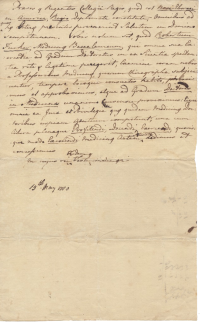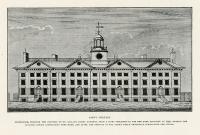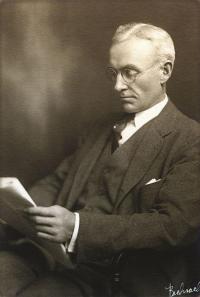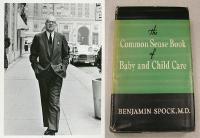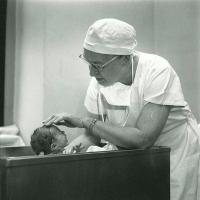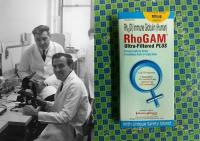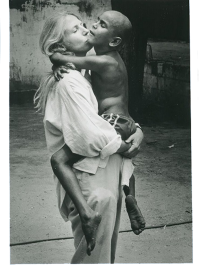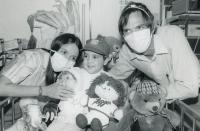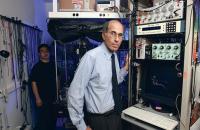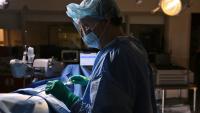The History of the Vagelos College of Physicians and Surgeons
The Columbia University Vagelos College of Physicians and Surgeons dates back more than 250 years, to 1767 when Columbia University, then only a 13-year-old college known as King’s College, established a medical faculty. The medical faculty was created two years after the University of Pennsylvania started a medical faculty, but Columbia’s medical school was the first in the American Colonies to grant the MD degree, in 1770.
The American Revolution interrupted all programs at King’s College, which had been established by royal grant of George II, King of England. When the college reopened after the American Revolution, it was known as Columbia College. The medical school reopened in 1791.
In 1814 the medical faculty of Columbia College merged with the College of Physicians and Surgeons, which had obtained an independent charter in 1807. In 1860, by agreement between the Trustees of the two institutions, the College of Physicians and Surgeons became the Medical Department of Columbia College; for several years the diplomas of the graduates were signed by both the president of Columbia College and the president of the College of Physicians and Surgeons. In 1891, the College of Physicians and Surgeons was incorporated as an integral part of Columbia.
Columbia’s medical school was a partner with Presbyterian Hospital in developing the Columbia-Presbyterian Medical Center in 1928, putting patient care, research, and education on the same campus. The hospital, since renamed NewYork-Presbyterian Hospital, is the primary teaching hospital for Columbia’s medical school, which in 2017 was renamed the Vagelos College of Physicians and Surgeons.
For more than 250 years, the Vagelos College of Physicians and Surgeons has pioneered medical education, research, and patient care for its neighborhood, for New York City, and for patients from around the world who could go anywhere for their care.
VP&S faculty have conducted groundbreaking research over the centuries, from developing Nobel Prize-winning cardiac catheterization to identifying the gene for Huntington’s disease to developing Nobel Prize-winning cryo-electron microscopy that determines the high-resolution structure of biomolecules in solution.
VP&S made history again in 2018 when generous donations from P. Roy Vagelos, a 1954 graduate, his wife, Diana, and many other alumni and supporters created a program that provides scholarships in place of loans for all students with financial need. The scholarship program is making medical school affordable for people who previously would not have thought about applying. This could allow students to pursue careers in fields such as primary care, pediatrics, and research, where remuneration is lower, because they will not be limited by medical school debt.
Noted alumni of VP&S include Benjamin Spock, better known as “Dr. Spock”; Robin Cook, author of “Coma” and other medical thrillers; Charles Drew, a pioneer in blood banking; Allen Oldfather Whipple, who developed the Whipple procedure; retired New York Knicks player Ernie Vandeweghe Jr.; Virginia Apgar, who created the Apgar Score; astronaut Story Musgrave; novelist Walker Percy; industrialist Armand Hammer; Olympic swimming medalist Jenny Thompson; and Burrill Crohn, for whom Crohn’s disease is named. Five VP&S graduates have received Nobel Prizes, and three current members of the faculty are Nobel Laureates.

